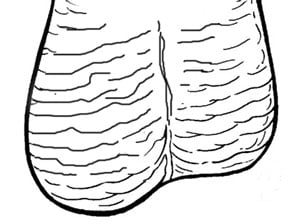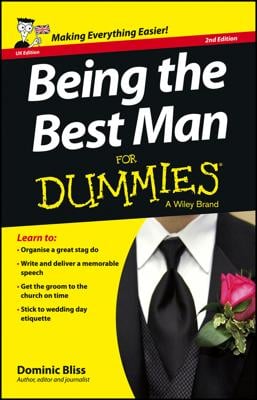Testicular cancer can be deadly. Luckily, the disease is also easily curable — if a man finds it in time. Testicular cancer usually begins as a painless lump, which can be found without a doctor’s help. For his own good health, every man — not just older men — should know how to do a self-check of the testicles. In fact, testicular cancer most often appears in men from ages 15 to 35. Start in your teen years. Checking testicles for lumps is quick, painless, and can save a life.
The best time to perform a self-exam is after a hot shower or bath because the warm water allows the scrotum to relax and the testicles to drop down. You can do the check while you’re sitting, standing, or lying down.
1. Gently take each testicle and roll it between your thumb and forefinger to see if you detect anything different about how it feels compared with last time.
Your testicle should feel smooth and firm with a slight softness, a lot like a hard-boiled egg without the shell.
As a guide, compare your two testicles to each other.
It’s normal for one testicle to be slightly larger than the other and/or one to hang lower than the other.

The epididymis sits on top of the testicle. Some men examining themselves for testicular cancer mistake it for a strange lump. They get a real fright before a doctor explains to them what it is. (A coiled tube through which sperm swim and mature.) So what you need to have clear in your mind is that you are checking your testicle — the hard-boiled egg. The lumpy epididymis, which lies on top of the testicle, belongs there and is supposed to be lumpy but not tender.
3. If you do find something that feels different, pick up the phone right away and make an appointment to see a urologist.
Do this test around the same time each month to get into the habit.
Sometimes a minor injury to the groin area may cause some swelling. This swelling can mask the presence of an undetected cancerous growth. This is why a monthly checkup is necessary — so you know what’s normal for you from month to month, and what’s not.
Testicular cancer can hit any man, but men who had one or both undescended testicles at birth are at higher risk. So if either or both of your testicles had not descended when you were born, make doubly sure that you perform this exam every month.

